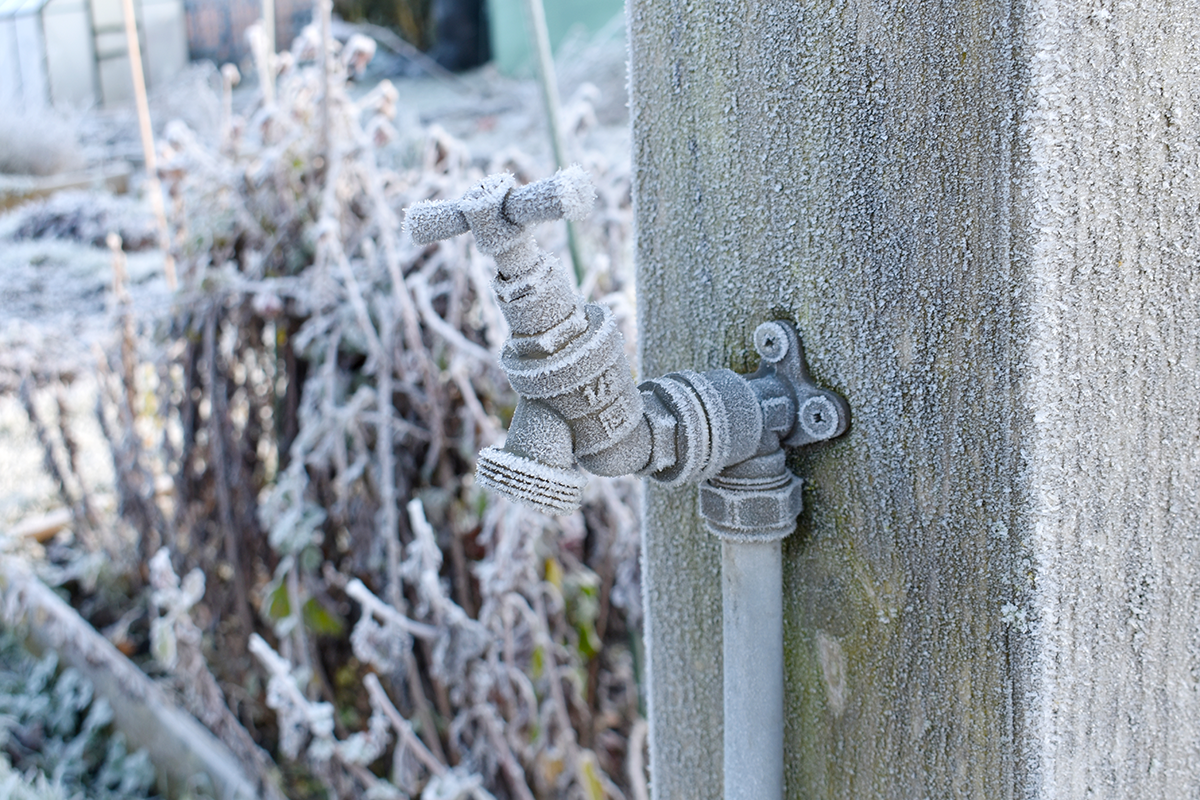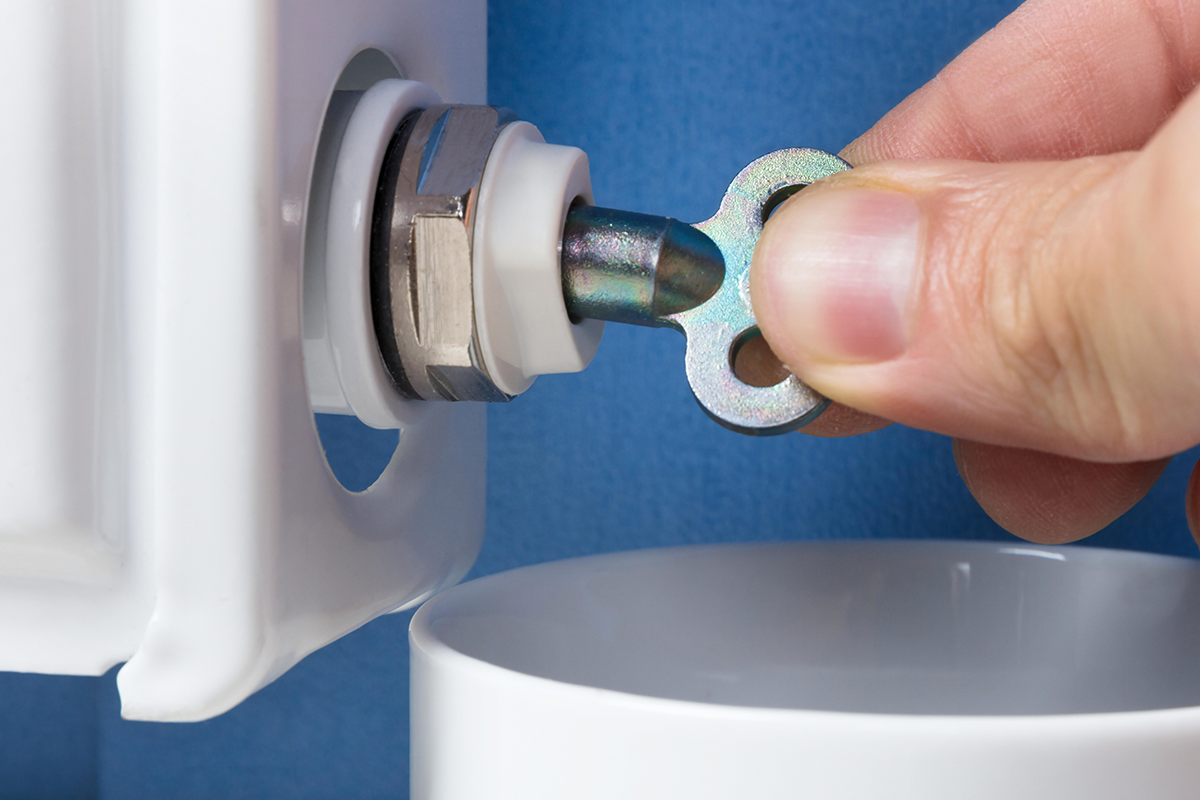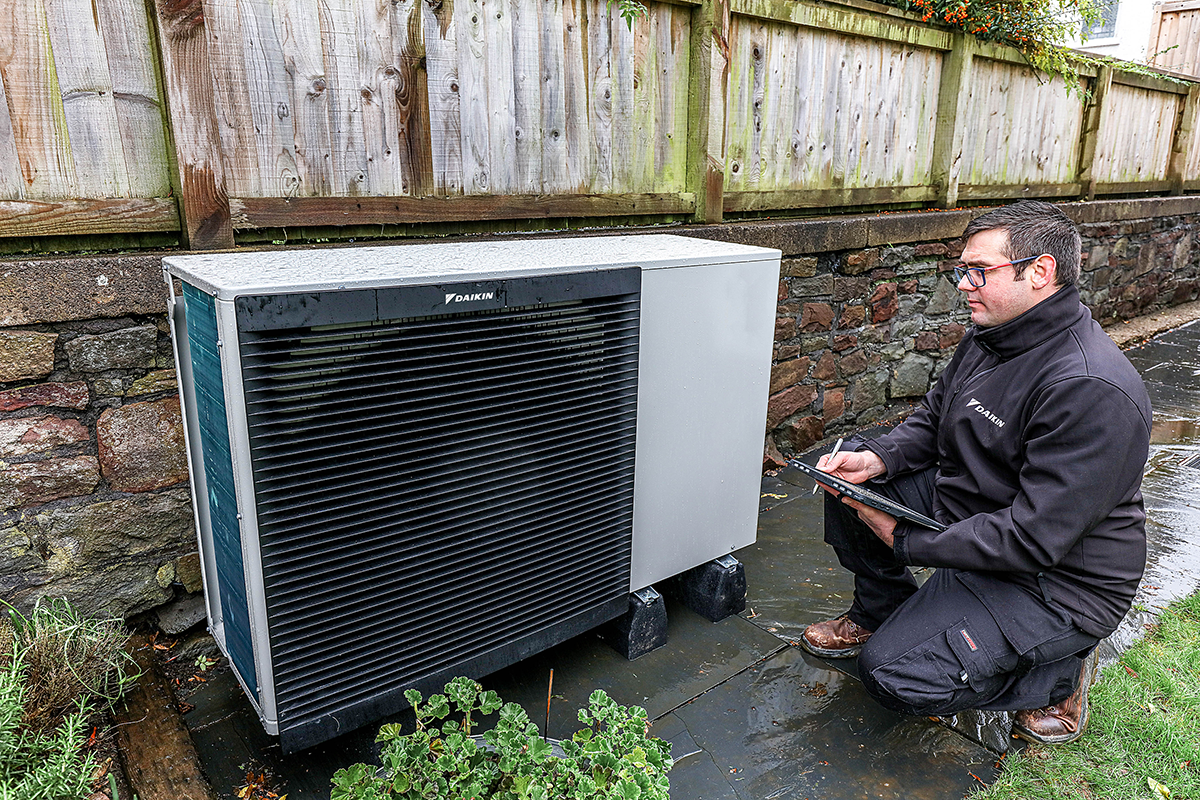How to deal with frozen pipes (and prevent costly repairs)
Don’t let frozen pipes catch you out. This guide covers prevention, quick fixes, and when to call in the pros.

When the temperature drops, our homes work hard to keep us warm. But sometimes, the cold sneaks into places it shouldn’t. One common winter problem that catches many homeowners off guard is frozen pipes. Not only can frozen pipes disrupt your water supply, but if left unchecked, they can burst, causing damage, stress, and expensive repairs.
Thankfully, a bit of knowledge and some simple steps can go a long way in preventing frozen pipes and managing them if they do occur.
Why frozen pipes are a problem
It’s easy to overlook what’s going on inside your walls, but when water freezes inside your pipes, it expands. That extra pressure can cause the pipe to crack or burst, potentially leading to flooding and damage to floors, walls, and belongings.
Pipes in unheated areas of the home, like lofts, garages, or external walls, are especially at risk. But with some basic awareness and preparation, you can avoid the worst.
Spotting the signs early
How do you know if a pipe has frozen? One of the most common signs is reduced or no water flow when you turn on the tap. You might also notice frost forming on exposed sections of pipe or hear strange noises when you run water.
If something feels off, trust your instincts. Acting early can save you a lot of trouble.
What to do if a pipe freezes
If you think a pipe in your home has frozen, don’t panic. Here’s what to do:
- Turn off your main water supply to stop water from flowing in case the pipe bursts.
- Open the affected tap to relieve pressure and give melting water somewhere to go.
- Gently warm the frozen pipe using a hairdryer, warm towels, or a portable heater. Always start near the tap and work back along the pipe.
- Never use an open flame like a blowtorch or lighter. This can damage the pipe or cause a fire.
- Increase the temperature in your home to help thaw the pipe, especially if it’s hidden behind a wall or under the floor.
- Open cupboard doors to let warm air circulate around plumbing under sinks and in cold spots.
- Call in the professionals if you're unsure where the frozen section is or can’t safely thaw it yourself.
These steps can help you get things flowing again without causing further damage.
How to prevent pipes from freezing
Prevention really is better than cure when it comes to frozen pipes. The best approach is to keep your pipes warm and your home evenly heated, even in areas you don’t use much. Here are some practical steps you can take:
- Insulate exposed pipes – Foam insulation sleeves are inexpensive and easy to fit. Focus on pipes in unheated spaces like lofts, garages, and under sinks.
- Keep your heating consistent – During cold spells, set your thermostat to maintain a steady temperature, even overnight or when you're out. Unlike traditional systems, heat pumps are designed to run continuously at a low level.
- Let taps trickle – A slight drip from a tap helps keep water moving, which makes it less likely to freeze in the pipes.
- Open cabinet doors – In the kitchen or bathroom, opening cupboard doors allows warm air to circulate around pipes under sinks.
- Seal up draughts – Use sealant or insulation to block gaps where cold air might creep in, especially around pipe entry points.
- Keep internal doors open – Letting warm air flow throughout your home helps prevent cold spots that could affect your plumbing.
These small actions can make a big difference in protecting your home and avoiding the stress of frozen pipes.

Comfort, control, and cold-weather confidence
At Daikin, we know that staying warm in winter isn’t just about comfort, it’s about peace of mind. Our energy-efficient heat pump systems are designed to maintain steady, reliable warmth throughout your home, even when the weather outside is anything but predictable.
By keeping indoor temperatures stable, our systems help reduce the risk of frozen pipes and improve overall heating efficiency. Many of our systems also offer smart controls, so you can manage your home’s temperature from your phone, ideal for holidays or sudden cold snaps.
Heating your home efficiently doesn’t have to be complicated. With Daikin’s expert solutions, you can stay in control, lower your energy use, and protect your home from cold weather risks.
Stay safe and warm this winter
Frozen pipes might seem like a minor inconvenience at first, but they can lead to serious damage if not dealt with quickly. By staying alert to the signs, knowing what to do, and taking simple preventive measures, you can keep your plumbing flowing smoothly all winter long.
Find out more
Want to know more about how our heat pump systems can protect your home and save energy?

